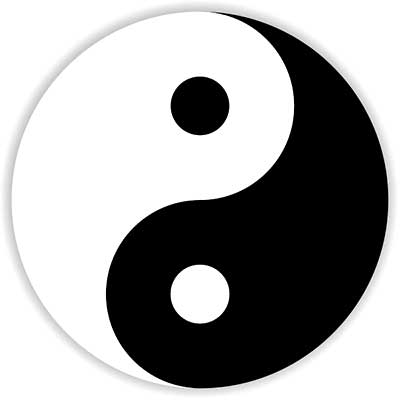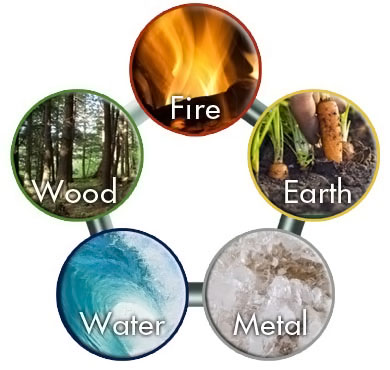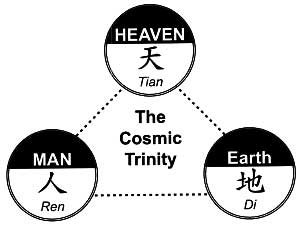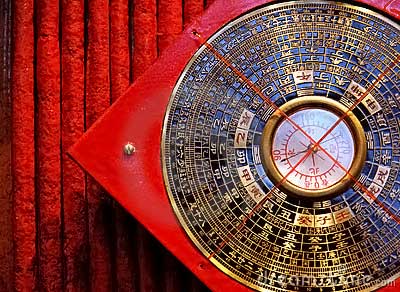FAQ – Concepts & Definitions
Here are some answers about the key terms, concepts, and definitions you’ll hear when we talk about Feng Shui. If you don’t find the answer you are looking for, please contact us.
[Q] What is Feng Shui?
[A] Feng Shui (pronounced “fung-shway”) is a 6,000-year-old practice originating from Ancient China. The name literally translates to wind-water. It is the study of Qi flow in our living environment and harnessing the positive Qi to support and influence our life’s endeavors. In order to achieve this, a well-trained practitioner studies the time, location, and residents occupying the property under assessment.
[Q] What is the difference between Contemporary and Classical Feng Shui?
[A] Although both systems focus on the study of Qi flow, there is a great difference between the two and their applications. Having studied both styles, I’m familiar with the advantages, disadvantages, and benefits of both.
Contemporary Feng Shui is inherently a “micro” practice that focuses only on the internal space of a property. The application also uses the resident’s personal style, taste, expression, and internal manifestations to create a special place that is unique and meaningful to them. This system is non-directional (i.e., does not observe the cardinal directions) and is primarily a subjective practice.
Classical Feng Shui is a non-product, macro-based system that first focuses on observing the property’s external landforms, then moves inside the property by assessing the Qi flow using formula techniques. This system honors the cardinal directions and offers a more precise and direct assessment specific to the property and the residents occupying the space. It is a systematic field of study that has basic models, principles, empirical evidence and documented evidence. To learn more about Classical Feng Shui, click here.
[Q] What is Qi?
[A] Qi (pronounced “chee”) is the Chinese word for energy. Qi is also known as life force, vital energy, prana, or breath. While we cannot see or touch Qi, we can see the manifestations of it around us. It flows through and around us like a current. It is an invisible, yet omnipresent force that binds all beings to the universe. Health and illness are defined by this life force; therefore, Qi is the force that brings life to all beings.
Qi is a complicated and scientific concept that’s behind the core practice of Feng Shui. A well-trained practitioner is able to identify, quantify, and qualify the Qi patterns by observing our environment’s natural landforms and calculating the cycles of Qi using time-tested, sophisticated Feng Shui formula techniques.
[Q] What is Yin and Yang?
[A] Yin and Yang is the core backbone of Chinese Metaphysics. The Yin and Yang image symbolizes the exchange of energy – one is exerting, one is receiving. Don’t mistake the theory of opposites and complementary forces as two opposing forces clashing; rather, see them as two extremes uniting as one. It represents the dynamic polarity of our environment: dark-bright, hard-soft, sharp-round, female-male, tall-short, hot-cold, etc.
[Q] What are The Five Elements?
[A] The Five Elements are Wood, Fire, Earth, Metal, and Water. Each of the elements has its own unique qualities and can manifest in different forms – not necessarily its physical form.
These elements can be interpreted as the five phases of yin and yang interaction, each representing different phases or stages of Qi. Each element is believed to be the building block of everything physical on the planet, including life. They share three cycles of relationships: productive, weakening, and controlling. The study of the Five Elements forms the core of Chinese Metaphysics, and how they interact with each other can have varying degrees of influencing outcomes.
[Q] What is BaZi?
[A] BaZi is the ancient Chinese Astrology used for destiny analysis. It is also considered a sophisticated art of Chinese fortune-telling based largely on the Chinese five-elements and its own variations of yin-yang. It is also often performed in tandem with Classical Feng Shui. Click here to learn more about BaZi.
[Q] What are the Five Arts?
[A] Chinese Metaphysics can be broken down to five categories known as The Five Arts, and they are: Mountain, Divination, Destiny, Medicine, and Physiognomy. Feng Shui falls under physiognomy – the observation of appearance.
[Q] What is the Cosmic Trinity?
[A] One of the core concepts of Chinese Metaphysics is the theory of the Cosmic Trinity. It is believed that there are three equal forces that influence one’s life (or one’s luck): Heaven, Man, and Earth. Each one is interconnected and exerting an equal amount of force.
Heaven Luck refers to the innate talents you were born with – your destiny – as well as the things that you cannot change like your birth date, place of birth, and biological parents. BaZi chart reading is used to analyze one’s destiny code.
Man Luck refers to the actions you take to capitalize upon your potential and opportunities. Your virtues, beliefs, and education also form the basis of your Man Luck.
Earth Luck refers to Feng Shui. It is the influence of your external environment: where you choose to live and where you choose to work.
[Q] What is the Luo Shu Path?
[A] In the ancient times, it was said that a wise, old man took notice of the strange, dot-like markings on a tortoise near the River Lo in China. When the dots were transposed, the numbers all lined up to equal 15, in every direction. The phenomenal discovery became known as the Luo Shu.
 The Luo Shu is considered the foundation from which Feng Shui formulas are derived. The mathematical model incorporates the factors of time and direction. Luo Shu numbers are said to represent the ever-changing dynamics of Qi, and therefore, numerically depict the flow (or path) of Qi in the living environment over a period of time.
The Luo Shu is considered the foundation from which Feng Shui formulas are derived. The mathematical model incorporates the factors of time and direction. Luo Shu numbers are said to represent the ever-changing dynamics of Qi, and therefore, numerically depict the flow (or path) of Qi in the living environment over a period of time.
[Q] What is the Luo Pan?
[A] Luo Pan is the Feng Shui magnetic compass and is an important and required tool used in the practice of Classical Feng Shui.
[Q] What is The Eight Mansions?
[A] The Eight Mansions is one of the simplest methods in Classical Feng Shui. It emphasizes the factors of time, location, and direction in calculating Qi patterns for internal or interior spaces. According to this method, each and every house can be categorized according to one of the eight Feng Shui models; therefore, to match the right individual to the right or most suitable residence. This method is long-lasting, static, and long-term.
[Q] What is Flying Stars?
[A] Flying Stars is one of the most well-known and widely-practiced methods of Classical Feng Shui. It is applied to assess the Feng Shui of a property’s interior. A Flying Star chart is pretty much like an astrological or natal birth chart of a property that indicates the building’s Feng Shui potential, weaknesses, and strengths. This method is quick, short-term, and dynamic.






